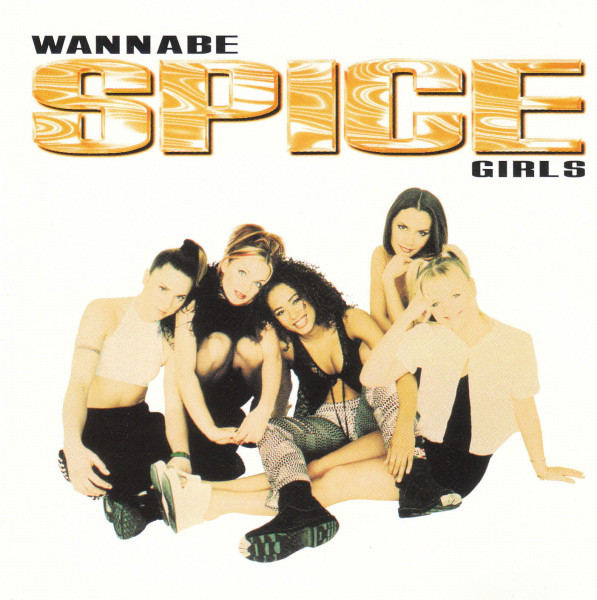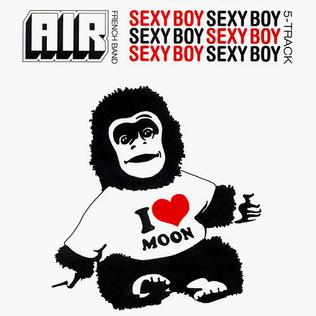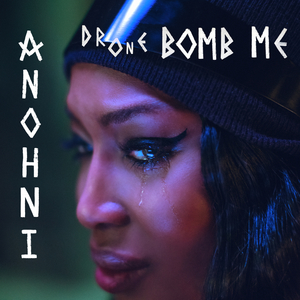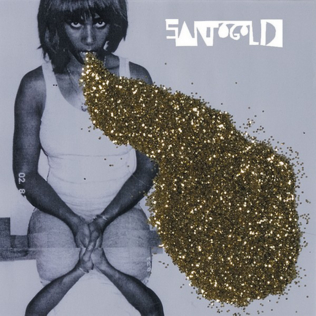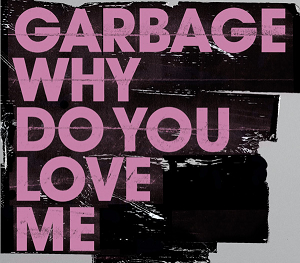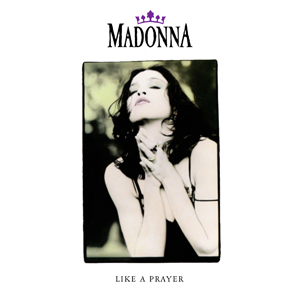Music in 1997 was a true reflection of the decade’s diversity and boundary-pushing spirit. From the era’s biggest mainstream pop acts to the underground scenes bubbling up, the hits of ’97 showcased an exciting range of styles and genres commingling.
On the one hand, you had the unstoppable rise of wildly popular all-female groups like the Spice Girls with their debut smash “Wannabe” and the soaring vocals of Whitney Houston on “Step by Step.” At the same time, 1997 was also the year that brought the world jarring yet brilliant alt-rock statements like Radiohead’s sci-fi epic “Paranoid Android” and the dark, literary narratives of acts like Nick Cave.
Hip-hop continued evolving in dozens of directions, from the stunning lyricism of Notorious B.I.G.’s “Hypnotize” to the early flashes of what would become the dominant sound of the 2000s with Missy Elliott’s groundbreaking “The Rain (Supa Dupa Fly).” The year’s electronic/dance highlights came in all tempos and styles, whether the gritty yet blissful big beat of The Prodigy’s “Firestarter” or the sleek Daft Punk groover “Around the World.”
While teenager pop captured the mainstream with acts like Hanson’s “MMMBop,” the alternative/indie realm gifted 1997 with timeless gems spanning rockist earnestness (Ben Folds Five), fuzz-pop dreaminess (The Cardigans’ “Lovefool”), and idiosyncratic lo-fi (Elliot Smith, Yo La Tengo). It was an era of strange but beautiful hybrids, like the trip-hop soul of Erykah Badu’s “On & On.”
Looking back at 1997’s musical landscape, you’re struck by not just the sheer quality of the output, but the vibrant plurality of styles. It was a moment when the underground and the overground were engaged in an intriguing conversation, shaping what came next.
Follow Tunes Du Jour on Facebook
Follow Tunes Du Jour on Twitter
Follow me on Instagram
